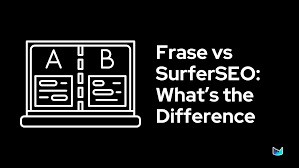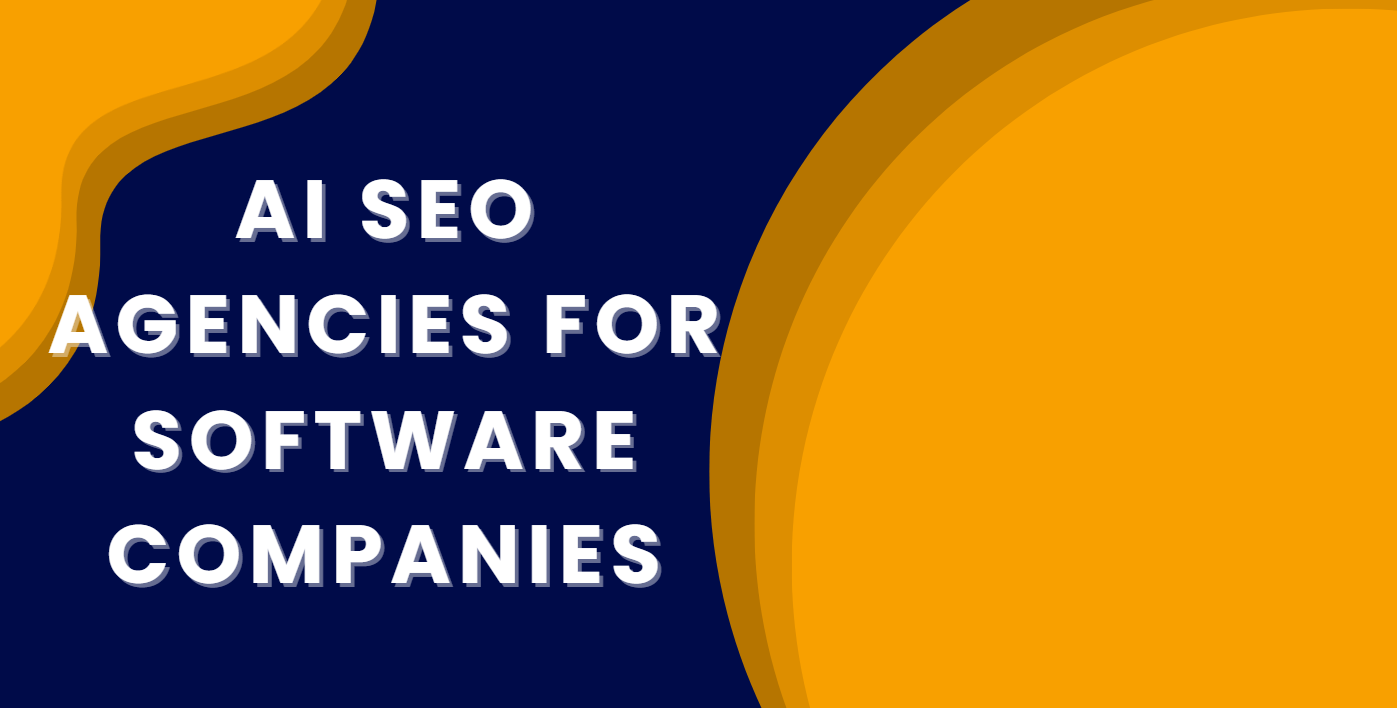What Is Google AI Mode and How It Works
Google AI Mode marks a fundamental change in search engine operations. Launched in May 2025, users can find this feature as a tab next to traditional search results. It provides a conversational interface that runs on innovative artificial intelligence.How AI Mode is different from traditional search
Traditional Google search required keyword typing to get relevant website lists for decades. AI Mode changes this experience in several ways:- Conversational approach: Users can ask complex, multi-part questions using natural language instead of typing disconnected keywords
- Continuous dialog: AI Mode keeps context throughout a conversation, unlike one-off searches
- Detailed answers: AI Mode blends information directly while traditional search just shows links to explore
- Multiple data sources: The system pulls information from Google Search, Maps, Knowledge Graph, and product databases
Key features like Deep Search and Agentic tasks
Deep Search takes query fan-out to new heights. It runs hundreds of searches simultaneously and connects scattered information pieces. Users get expert-level, fully-cited reports in minutes, which saves hours of research time. Deep Search follows these steps:- Creates a multi-step research plan to approve
- Analyzes relevant information from the web
- Refines its analysis through multiple searches
- Produces a detailed report with links to original sources
The role of Gemini and Knowledge Graph
A custom version of Gemini 2.5, Google’s smartest AI model, powers AI Mode. This multimodal system understands various formats like text, code, images, and video. Gemini’s advanced reasoning helps AI Mode handle complex questions that need deep analysis and comparison. The system processes follow-up questions and maintains context throughout conversations. Knowledge Graph makes AI Mode even better by connecting different entities. Users get:- More accurate query interpretation
- Better entity recognition and linking
- Improved contextual understanding
How Google AI Is Changing SEO Fundamentals
The numbers don’t lie. Google AI Overviews now appear in 13.14% of all searches as of March 2025 – this is a big deal as it means that the percentage has almost doubled from 6.49% in January. These numbers show a permanent change in how people find information online.Fewer clicks and more zero-click searches
Users don’t click through to websites in about 60% of searches. They find complete answers right on search results pages and move on. Two separate studies back this up: Ahrefs saw position 1 click-through rates drop by 34.5% when AI Overviews showed up. Amsive found clicks decreased by 15.49% across all positions. Non-branded keywords take the biggest hit. These searches showed a 19.98% CTR decline, especially with informational content. The placement of organic results makes things worse – AI Overviews push regular listings down by 1,500 pixels. Users need to scroll twice on desktop and three times on mobile to see them. Pages ranking in positions 4-10 see their CTR drop by 27.04% when AI Overviews appear.AI summaries as the new trust layer
AI summaries have become the main way users interact with information. YouGov research shows 67% of people notice these summaries “sometimes or often,” and 38% read them in half or more of their searches. Younger users trust them even more – 74% of Gen Z and 66% of Millennials find them helpful. Google has created a new layer between users and websites. People now let AI combine information from trusted sources instead of checking multiple websites themselves. Brand searches tell a different story. They show AI Overviews less often (just 4.79%) and get 18.68% more clicks when they do. Brand power still matters in the google ai seo world.Impact on traffic and visibility
Website traffic has changed drastically. Sites have lost between 15% and 70% of their traffic. Informational content suffers the most. Search pages now directly answer questions that used to drive traffic to blogs, FAQs, and how-to guides. The news isn’t all bad though:- Better quality traffic as casual browsers drop off
- Visitors from AI search are closer to buying
- AI-driven search brings in 10% of conversions for some companies
Why Traditional SEO Metrics No Longer Tell the Full Story
Traditional SEO dashboards tell only part of the story these days. SEO teams spent over two decades building reports around familiar metrics: clicks, rankings, impressions, bounce rates, and link volume. These KPIs helped drive strategies and advance careers. Today, they look more like artifacts from a bygone era.Limitations of current analytics tools
Google Search Console limits historical data to 16 months, making it almost impossible to analyze long-term trends. The platform’s UI also restricts users to 1,000 rows of data at once, whatever filters you apply. Large websites that need detailed analysis feel this constraint the most. Other major limitations stand out:- Sampling issues: Analytics tools often rely on data sampling, which reduces accuracy and can twist results
- Inflated impressions: Visibility numbers often count instances without real user engagement
- Delayed data: Google’s crawl data takes three days to update, which blocks up-to-the-minute data analysis
- Missing backlink data: Every tool misses some backlinks, leaving gaps in your link profile
Moving focus from traffic to engagement
AI-mediated search requires new ways to measure success. Users don’t browse results anymore – they ask questions and get blended answers from platforms like ChatGPT, CoPilot, and Gemini. Content doesn’t rank in the traditional sense – AI systems retrieve, analyze, and sometimes cite it. The new reality seems strange. Better visibility often brings fewer clicks. A health information site’s numbers show this clearly – impressions grew 32% year-over-year while clicks dropped 17%. Their content answered questions right in snippets and AI Overviews, so users didn’t need to click through. Smart marketers now watch:- Pages per session from organic traffic
- Average session duration
- Conversion rates from organic visitors
Examples of brands gaining revenue despite traffic drops
HubSpot shows this paradox best. Their blog traffic chart reveals millions of lost monthly visits as Google search rankings declined. All the same, their revenue growth chart looks almost opposite to their traffic decline, with Q4 guidance going up and stock prices rising. DIREK, a UK-based smart building tech company, saw similar results – organic clicks fell 15% over three months even with high-quality content. They later found AI-generated answers quoting their content word-for-word without backlinks. While traditional metrics dropped, 23% of new leads mentioned finding them through AI tools like ChatGPT and Perplexity within weeks. Companies that don’t update their metrics risk misunderstanding their true performance.How to Optimize for Google AI Search SEO
Google’s AI optimization demands specific tactics. Rotten Tomatoes achieved a 25% higher click-through rate when they added structured data to their pages. Here’s what you need to do to optimize your content for Google’s AI search:Use structured data and schema markup
Search engines understand your content better with structured data. This standardized format classifies page content and makes rich results possible in search. You can implement it through:- JSON-LD (recommended by Google)
- Microdata
- RDFa
Create content that answers specific user questions
People ask longer and more detailed questions with AI search. Your content should give direct answers to these queries. You can optimize for questions by:- Researching common questions in your niche
- Structuring content with clear headings
- Providing direct, concise answers
- Using FAQ or HowTo schema markup where needed
Update and expand content regularly
AI algorithms favor fresh, updated information. Google’s systems give priority to content that shows expertise, experience, authoritativeness, and trustworthiness (E-E-A-T), whatever its source – AI or human. Your page stays relevant when you refresh older content. Regular content audits help identify outdated information.Build authority through off-site mentions
Actions taken outside your website build authority and trustworthiness through off-site SEO. AI looks at various authority factors:- Backlinks from reputable sources
- Brand mentions (even without links)
- Social media engagement
- Third-party endorsements
Adapting Your Strategy for the Future of AI and SEO
Search is becoming fragmented faster across platforms. A 2024 McKinsey study shows 41% of Gen Z consumers already use AI assistants for shopping and task management. You need a more complete approach to visibility.Move from SEO to OmniSEO
OmniSEO goes beyond traditional search engines. It helps optimize your visibility on all platforms where audiences search – including social media, AI assistants, and voice search. Traditional SEO focuses only on Google rankings. OmniSEO sees search as a complete ecosystem rather than a single channel. This approach builds on four core principles:- Audience-centric platform selection
- Query intent arrangement
- Cross-platform content optimization
- Early adoption of emerging channels
Utilize multimedia and cross-channel presence
Your content strategy should evolve beyond text-based articles. Visual and video content have become prominent as AI models process these formats for information and authority. Creating different content types helps AI systems understand and cite your brand on all platforms. Cross-channel optimization matters because:- Consumer search behavior spreads across platforms
- Original queries on traditional search engines have dropped 9%
- Different demographics start their search experience on platforms like TikTok and Instagram
Prepare for AI agents and automated actions
AI agents like Browser Use and OpenAI’s Operator open new possibilities. These tools gather contextual data and provide hyper-personalized recommendations. They handle repetitive decisions on their own. To optimize for AI agents:- Implement “agent-responsive design” with clearly defined interactive elements
- Use consistent navigation patterns that help AI understand site flow
- Reduce unnecessary interactions like login prompts that disrupt AI task completion
- Add accessibility features like ARIA labels which also help AI understand page elements
- Test your site with AI agents and improve based on results



